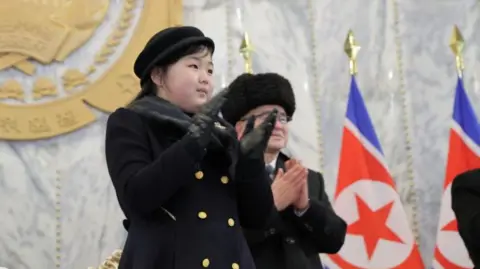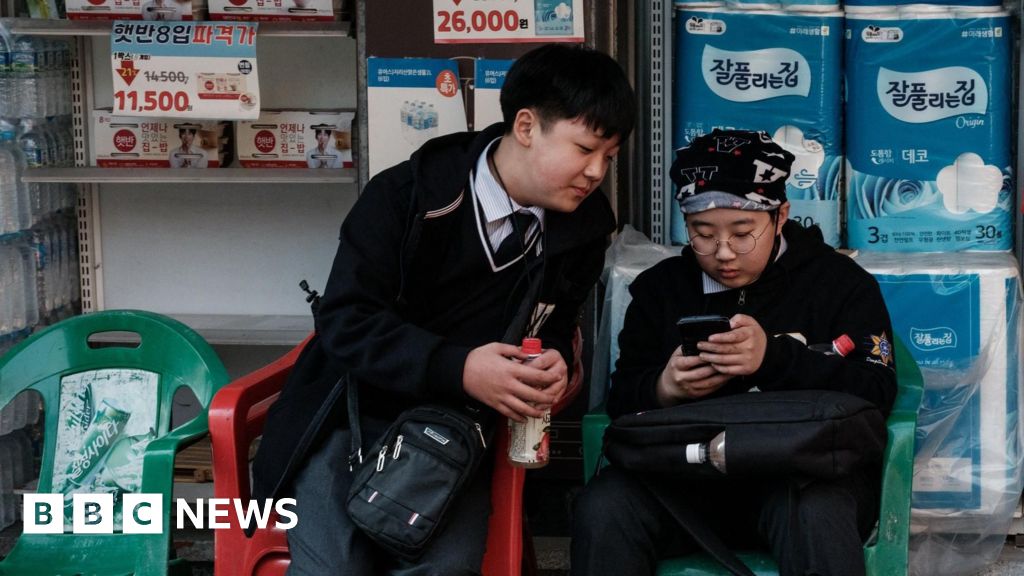The surge in purchases follows a series of events initiated by President Trump, who initially announced a wave of tariffs on South Korean goods, only to suspend them for negotiation purposes. However, a renewed warning of a potential 25% tariff has caused widespread apprehension among fans of K-beauty, leading many to stockpile essentials such as skincare and makeup.
Esther Lee, a Los Angeles marketing executive, epitomizes this trend by purchasing three times her normal quantity of Korean products. Influencers on social media platforms are also jumping on the bandwagon, sharing their bulk haul experiences and resonating with many consumers who are anxious about losing access to their beloved brands.
The increasing demand for Korean cosmetics reflects not only the popularity of K-beauty but also the rapidly expanding market. In the first half of the year, South Korean cosmetic exports reached $5.5 billion—an increase of nearly 15% from the previous year—showcasing the industry's boom amidst cultural waves like K-pop and K-drama popularity. Major companies, like Amorepacific, reported significant boosts in overseas sales, indicating that the American consumer market plays a crucial role in this growth.
This forthcoming tariff controversy underscores the broader implications of trade relations between the U.S. and South Korea, which are woven into the fabric of cultural and economic exchanges. As the situation develops, both consumers and businesses are left analyzing their stakes in a volatile market.
Esther Lee, a Los Angeles marketing executive, epitomizes this trend by purchasing three times her normal quantity of Korean products. Influencers on social media platforms are also jumping on the bandwagon, sharing their bulk haul experiences and resonating with many consumers who are anxious about losing access to their beloved brands.
The increasing demand for Korean cosmetics reflects not only the popularity of K-beauty but also the rapidly expanding market. In the first half of the year, South Korean cosmetic exports reached $5.5 billion—an increase of nearly 15% from the previous year—showcasing the industry's boom amidst cultural waves like K-pop and K-drama popularity. Major companies, like Amorepacific, reported significant boosts in overseas sales, indicating that the American consumer market plays a crucial role in this growth.
This forthcoming tariff controversy underscores the broader implications of trade relations between the U.S. and South Korea, which are woven into the fabric of cultural and economic exchanges. As the situation develops, both consumers and businesses are left analyzing their stakes in a volatile market.



















